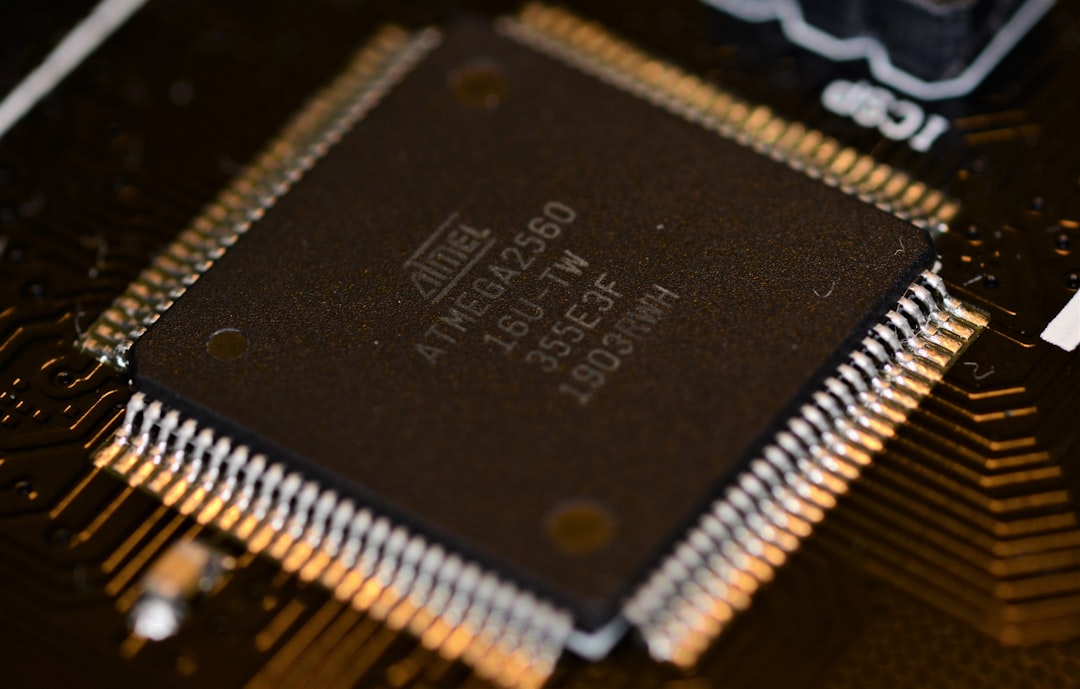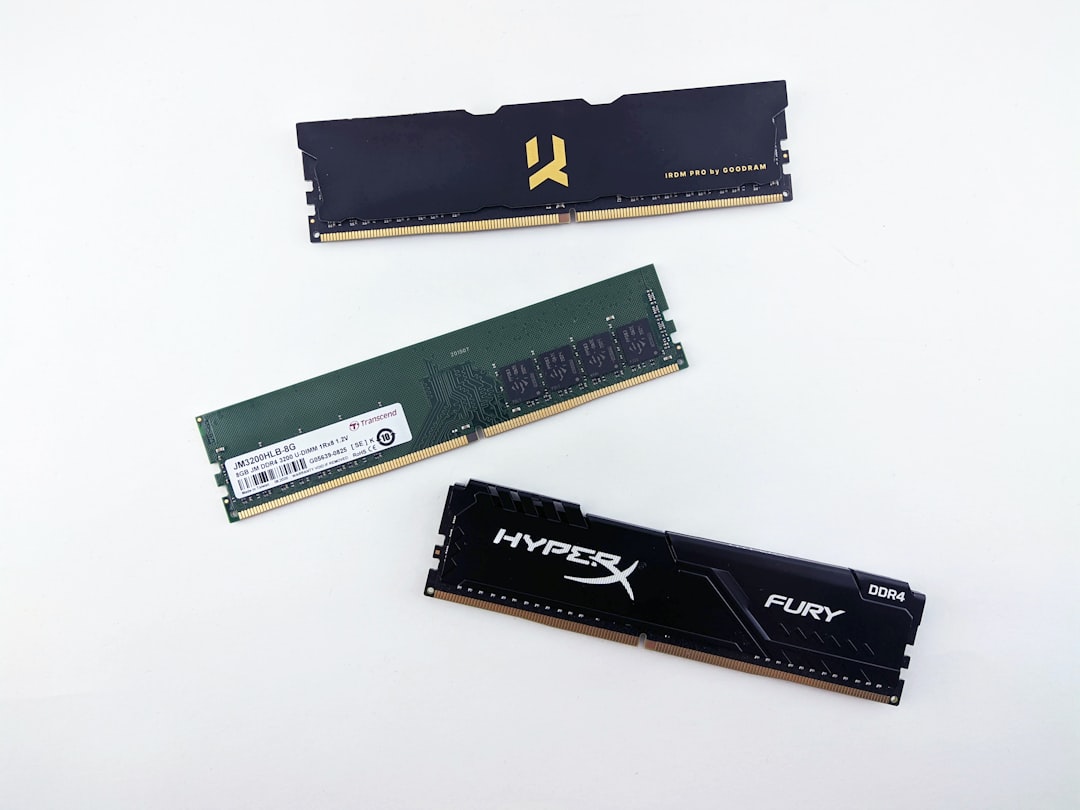For gamers and PC enthusiasts diving into the world of graphics cards, understanding the differences between similarly named models can be challenging. Two such models from Nvidia’s revered RTX 30-series lineup—the GeForce RTX 3060 and GeForce RTX 3060 Ti—may appear nearly identical at first glance, but they deliver very different performance levels. Both cards are based on Nvidia’s Ampere architecture and target the high-volume mainstream gaming market. However, a closer look reveals substantial differences in specifications, real-world gaming performance, and overall value.
Architectural Foundations: Same Family, Different Power
Both the RTX 3060 and RTX 3060 Ti are built on Nvidia’s 2nd-generation RTX architecture known as Ampere. This means they share many core technologies, such as support for ray tracing through dedicated RT cores and advanced AI-enhanced graphics via Tensor cores. They are also compatible with all current-gen DirectX 12 Ultimate features and DLSS (Deep Learning Super Sampling).
Despite these shared elements, the GPUs underneath the hood are different. The 3060 Ti uses the GA104 die—the same used in higher-tier offerings like the RTX 3070—while the 3060 leverages the smaller GA106 die. This results in a sizable difference in raw processing capability.

Core Specifications Comparison
The main differences between the RTX 3060 and RTX 3060 Ti lie in their CUDA core counts, memory bandwidth, and power consumption. Here’s a breakdown of their specifications:
- CUDA Cores: RTX 3060 offers 3,584, while the 3060 Ti boasts 4,864—a 36% increase.
- Base Clock Speed: 1.32 GHz (3060) vs. 1.41 GHz (3060 Ti)
- Boost Clock Speed: 1.78 GHz (3060) vs. 1.67 GHz (3060 Ti)
- Memory: 12 GB GDDR6 (3060) vs. 8 GB GDDR6 (3060 Ti)
- Bus Width: 192-bit (3060) vs. 256-bit (3060 Ti)
- Memory Bandwidth: 360 GB/s (3060) vs. 448 GB/s (3060 Ti)
- TDP (Power Consumption): 170W (3060) vs. 200W (3060 Ti)
While the RTX 3060 comes with more VRAM, it’s important to note that its memory bandwidth and bus width are both significantly narrower. The 3060 Ti benefits from a wider data path, enabling faster and more efficient communication between the GPU and its memory.
Performance in Gaming and Productivity
Performance is where the real difference becomes apparent. In 1080p and 1440p gaming scenarios, the RTX 3060 Ti consistently outperforms the regular 3060 by 20–30% across most titles. This is due to both its additional CUDA cores and the added memory bandwidth.
In real-world gaming benchmarks, for example, titles like Cyberpunk 2077 or Assassin’s Creed Valhalla run with smoother framerates and higher visual fidelity settings on the 3060 Ti—often staying above 60 FPS at 1440p, something the RTX 3060 occasionally struggles to maintain at higher settings.
When it comes to productivity tasks, such as video rendering or 3D modeling with GPU acceleration, the 3060 Ti also comes out on top. Applications that utilize CUDA acceleration take full advantage of the increased number of cores, making the Ti variant better suited for creators and multitaskers.

VRAM: More Isn’t Always Better
At first glance, the RTX 3060’s 12 GB VRAM looks superior to the 3060 Ti’s 8 GB. However, VRAM isn’t the only factor affecting performance, particularly in gaming. The 3060 includes extra VRAM primarily as a future-proofing measure and to support certain high-resolution texture packs. In most current games, 8 GB is more than sufficient at 1080p and 1440p resolutions—the primary targets for these GPUs.
The faster and wider memory bus of the 3060 Ti actually allows it to move data more quickly than the higher-capacity but narrower-bandwidth memory of the 3060.
Pricing and Value Proposition
At launch, the RTX 3060 had a suggested retail price (SRP) of $329, while the RTX 3060 Ti debuted at $399. This $70 difference can change depending on supply and demand—or how the market reacts to newer GPU releases and restocks.
When comparing value for performance, many users and reviewers consider the RTX 3060 Ti to be the “sweet spot” GPU of its generation. It strikes a fantastic balance of cost, performance, and capabilities across gaming and creative workloads. For gamers looking for high frame rates at 1440p or dependable ray tracing with DLSS enabled, the 3060 Ti represents the better long-term investment.
However, the RTX 3060 still offers strong value, especially for those focused on 1080p gaming or who have a tighter budget. Its extra VRAM could also prove useful for select professional applications or future-proofing in memory-heavy scenarios.
Ray Tracing and DLSS: Sharing the Same DNA
Because both cards feature Nvidia’s 2nd-generation RT (Ray Tracing) cores and 3rd-generation Tensor cores, they are equally equipped when it comes to enabling modern gaming features. DLSS, in particular, continues to be a game-changer by using AI to upscale images, allowing gamers to push visual settings higher while maintaining excellent performance.
That said, the RTX 3060 Ti handles ray tracing more efficiently due to its added power and cores. If you want to delve into games with heavy use of real-time ray tracing—such as Control, Metro Exodus, or Watch Dogs: Legion—the 3060 Ti will provide a more stable and enjoyable experience.
Which One Should You Choose?
In summary, while both the Nvidia GeForce RTX 3060 and 3060 Ti offer fantastic features for a mid-range GPU, they cater to slightly different audiences.
- Choose the RTX 3060 if your primary goal is solid 1080p gaming, slightly lower power consumption, and a better budget fit.
- Choose the RTX 3060 Ti if you want high-fidelity 1440p gaming, stronger ray tracing performance, and better overall value per frame.
 gpu setup, pc build, game graphics settings[/ai-img>
gpu setup, pc build, game graphics settings[/ai-img>
As Nvidia continues to roll out newer generations, both of these cards remain great options, especially in systems where budget constraints meet gaming enthusiasm.
FAQ: Nvidia RTX 3060 vs. 3060 Ti
- Q: Does the RTX 3060’s 12 GB VRAM make it better than the 3060 Ti?
A: Not necessarily. While the RTX 3060 has more VRAM, the 3060 Ti’s faster and wider memory interface usually offers better performance where it matters most—especially in games. - Q: Which card is better for ray tracing?
A: The RTX 3060 Ti is better suited for ray tracing. Its additional cores and memory bandwidth allow it to handle ray-traced graphics more smoothly. - Q: Is DLSS available on both GPUs?
A: Yes. Both cards support DLSS, which enhances visual quality and performance using AI upscaling. - Q: Is the RTX 3060 Ti worth the higher price?
A: For many users, yes. The added performance, especially in demanding games and production tasks, generally justifies the extra cost. - Q: Which card should I choose for a budget-friendly build focused on eSports titles?
A: The RTX 3060 is a great pick for eSports. Its performance at 1080p is more than sufficient, and it provides excellent value for budget-conscious buyers.
